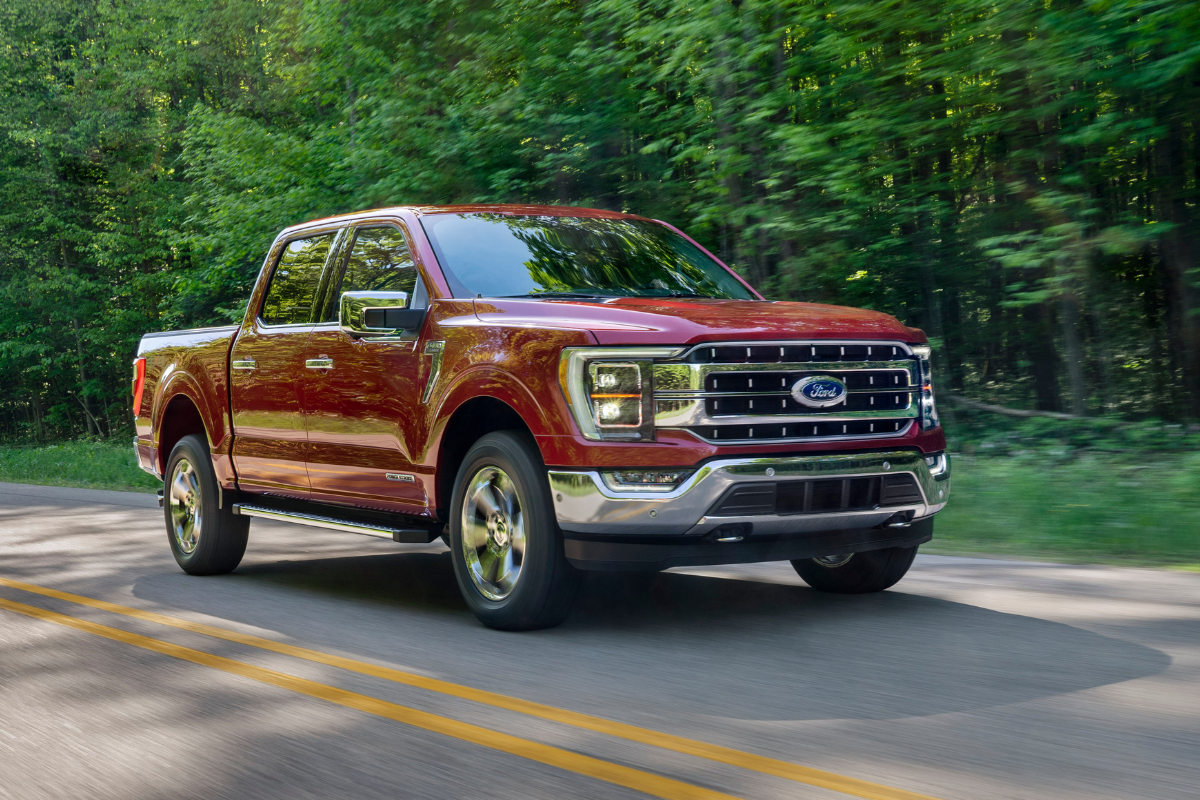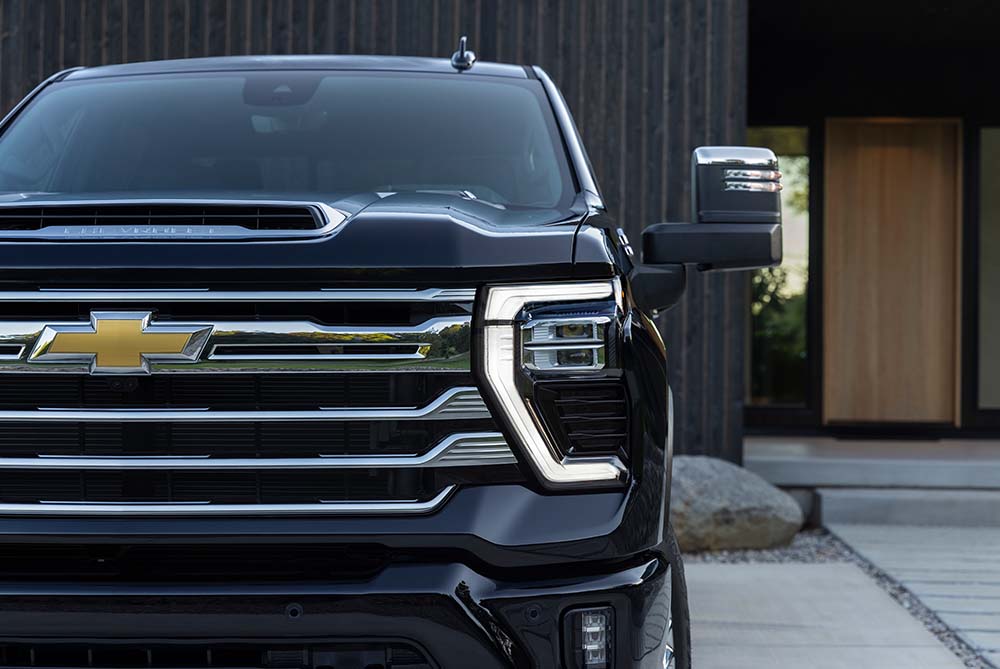George Boulton
August 22, 2024

George Boulton
August 22, 2024

Discover how modern pickup trucks blend tradition with cutting-edge technology.
The key to successful pickup truck design lies in harmoniously blending tradition and innovation.
We explore how manufacturers are striking this balance and creating pickup trucks that appeal to both traditionalists and forward-thinking consumers.
Iconic design elements like the boxy silhouette and prominent grilles have long been synonymous with pickup trucks.
Manufacturers like Ford have wisely retained these classic features, reassuring loyal customers that their beloved vehicles remain true to their roots.

While honoring tradition, modern pickup trucks must also embrace innovation to remain competitive.
Features like hybrid powertrains, autonomous driving capabilities, and advanced infotainment systems are becoming essential.

The Tesla Cybertruck is a prime example of how technology can revolutionize the pickup truck segment.
Its innovative design, featuring a strong steel body and steer-by-wire steering, sets it apart from traditional models.
The key to successful pickup truck design lies in harmoniously blending tradition and innovation.
Manufacturers like Chevrolet have achieved this by introducing subtle technological enhancements within familiar design frameworks.
For example, integrating LED lighting into classic headlamp designs maintains the truck’s heritage while adding a modern touch.

As the automotive landscape evolves, pickup trucks must adapt to remain relevant.
By carefully balancing tradition and innovation, manufacturers can create vehicles that appeal to both long-time enthusiasts and new generations of drivers.